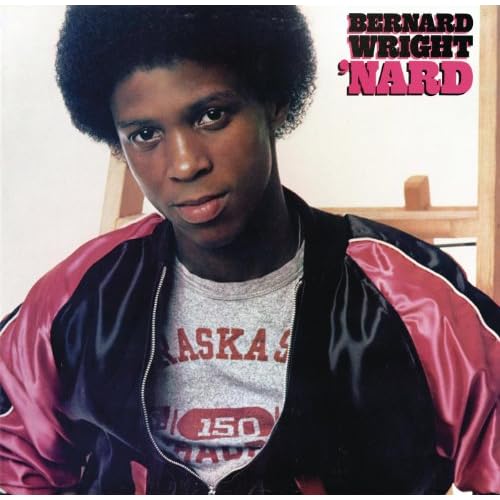Chuckii Booker is one of those artists whose intricate history is equal to the seeming few who have a strong knowledge of him. He was perhaps better known as the musical director,producer and opening act for Janet Jackson’s Rhythm Nation tour at only 23-24 years old. His talents as multi talented singer/songwriter/producer/multi instrumentalist got him signed as a solo artist to Atlantic in 1988. Not because of his original talents as primarily a bass player. But because execs accidentally listened to the other side of the demo tape that featured his vocals.
If funk/soul music had followed a totally straight line in the late 80’s/early 90’s,Chuckii Booker would likely have been the intermediary step between Prince and D’Angelo. After a couple Top 10 R&B smashes,Booker became regarded as a producer. In that respect touching on the work of artists ranging from Vanessa Williams,his godfather Barry White and EWF alumni Phillip Bailey. It took me a couple decades to go out and pick up Booker’s two solo CD’s. One of them (and his final one to date) was 1992’s Niice ‘N Wiild. One of the songs that’s really gotten my attention off of it is called “I Git Around”.
After a brief moment of party dialog,the main groove of the song sets in. This is a pounding drum machine that hits a very strong,electrified snare drum sound on the second beat. Along with that are two bass lines. One is a pulsing synth bass,the other is “possibly” a live one playing a “duck face” funky wiggle. Booker brings explosive synth strings,horn lines providing a strong “video game” sound along with the bluesy accents of the chorus. Not to mention a chromatic piano walk down playing in and out throughout the song. Just before the song fades,Booker brings in a tough chicken scratch guitar.
The new jack swing style could (and often was) made extremely generic by many in its commercial heyday. Yet Chuckii Booker used this song (along with many of his others) to point out the sub genres roots in 80’s funk. And even with the mildly new jack friendly rhythm,the instrumental toughness and electronic flamboyance is straight up P-Funk. Everything from the instrumentation to the lyric is pretty much a direct extension of George Clinton’s “Atomic Dog” from a decade before it. Makes one wonder how different 90’s uptempo music might’ve been had it followed this ultra funky model.

